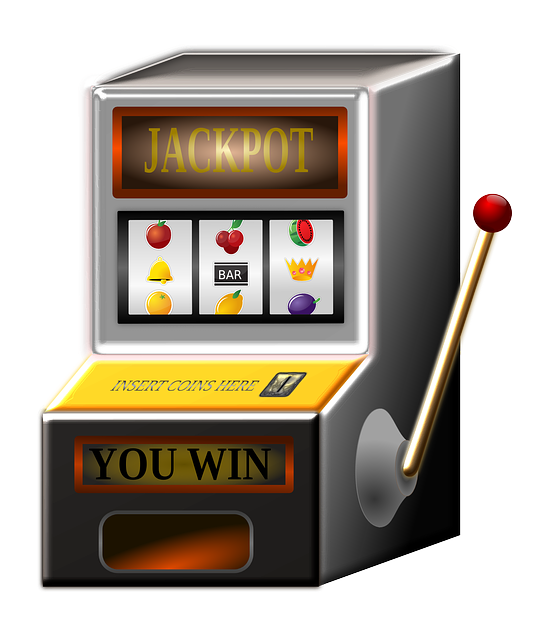How Many Ace Cards Are in a Deck? Unveiling the Mystery
Standard 52-Card Deck
A standard 52-card deck is the most common type of playing card deck used in many card games. It consists of four suits (hearts, diamonds, clubs and spades) with 13 cards in each suit. The cards are numbered from two to ten, followed by a jack, queen, king and ace. Each suit has one of each rank. The back of the cards usually have a repeating pattern or design that can vary depending on the manufacturer.
The standard 52-card deck is used for many popular card games such as poker, bridge, blackjack and solitaire. It is also used for some children’s games like Go Fish and Old Maid. In addition to being used for entertainment purposes, it can also be used for educational activities such as counting and sorting exercises. With its versatility and wide range of uses, the standard 52-card deck remains an essential part of any game night!
The Role of Aces in Popular Card Games
Aces are the highest-ranking cards in most popular card games. They are often used to determine the winner of a hand, as they can be used to form the strongest possible combination. In many games, an Ace is also considered to be a wild card, meaning it can represent any other card in the deck. This makes Aces incredibly valuable and powerful cards that players should always strive to acquire during play.
In some games, such as Blackjack and Poker, Aces have special rules associated with them. For example, in Blackjack an Ace can count as either 1 or 11 depending on what is more beneficial for the player’s hand. In Poker, Aces are usually high cards that can help form strong hands like straights and flushes. No matter what game you’re playing, having an Ace in your hand gives you a great advantage over your opponents!
Variations of Decks and Their Impact on Ace Count
The deck of cards used in card games has evolved over time, and the number of variations available today is vast. One of the most important aspects of any deck is its ace count, which can have a significant impact on how a game is played. The traditional French deck contains four suits with thirteen cards each, including one Ace per suit. This standard deck is still widely used for many popular card games such as poker and blackjack. However, there are also decks that contain more or fewer Aces than this standard version.
For example, some decks may contain two Aces instead of one in each suit. This variation can be beneficial to players who are looking to increase their chances of winning by having more options when it comes to making strong hands. On the other hand, decks with fewer Aces can make it harder for players to make strong hands and thus reduce their chances of winning. Additionally, some decks may even omit certain suits altogether, such as the jokers or eights, which can drastically change the dynamics of a game depending on what type of strategy players are using. Ultimately, understanding the different variations of decks and their respective ace counts can help players better prepare themselves for whatever type of game they might be playing.
The Mathematical Probability of Drawing an Ace
The mathematical probability of drawing an Ace from a standard deck of 52 playing cards is 1 in 13, or 7.7%. This means that if you draw one card from the deck, there is a 7.7% chance that it will be an Ace. The probability of drawing an Ace increases when more than one card is drawn; for example, if two cards are drawn, the probability of at least one being an Ace is approximately 15%.
The mathematical probability of drawing any particular card from a standard deck can be calculated by dividing the number of cards with that rank (in this case 4 Aces) by the total number of cards in the deck (52). This calculation can also be used to determine the probability of drawing any other rank or suit from a standard deck. For example, the probability of drawing a King would be 4/52 = 0.077 or 7.7%, and the probability of drawing a Spade would be 13/52 = 0.25 or 25%.
Frequently Asked Questions for How Many Ace Cards Are in a Deck
A standard deck of playing cards contains four suits, each with 13 cards. This means that there are 52 cards in a deck. Of these 52 cards, there are four Aces, one for each suit. Therefore, the answer to the question “How many Ace cards are in a deck?” is four.
The Ace card is usually considered to be the highest ranking card in most games and can often be used as either a high or low card depending on the game being played. In some games, such as Blackjack, an Ace can also be counted as 11 points instead of 1 point. The value of an Ace card can vary from game to game so it’s important to know what value your particular game assigns to it before you start playing.

